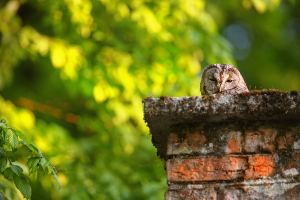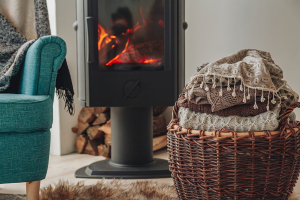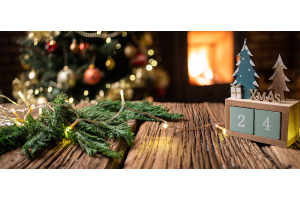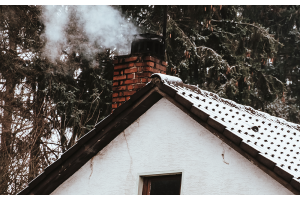Our new screw type suspending cowl is designed for easy connection to your flexible flue liner and chimney pot, saving you time and money by using less components.
- Stainless Steel Construction
- Fast Connection to Flexible Liner
- No Need for Top Plate, Sleeve and Clamp
- Speed Up Installation Time
- Cost Effective
The screw type suspending cowl has an integrated screw thread on the liner spigot, this allows the flue liner to be screwed onto the cowl without any need for any additional drilling or screws to hold it in place. Simply screw it onto your flexible flue liner until it is hand tight, making sure it is level with your chimney pot before tightening the locking band to secure it in place.
IMPORTANT:
- Make sure you have a clean cut on the liner to allow the cowl to screw onto the flex liner smoothly
- When cutting flue liner ensure you use heavy duty safety gloves at all times to protect against sharp edges
- Ensure the chimney pot is in good condition, is not cracked and is correctly fixed to the top of the chimney stack
- Make sure the flue liner is installed with the marked directional arrows facing up
You can purchase from a selection of cowls available on our website individually, however, to make it even quicker and easier to order, we now offer Ultraflex Custom Flue Liner Kits which includes everything you need for your installation in one place. Simply select the diameter you need, the length of flexible flue Liner and all other components required, then add them to your basket in just one click!
Our chimney liner flue kits are customisable to include:
- Stove pipe: This is the vitreous enamel pipe from the top of the appliance, connecting it to the chimney stack
- Flue liner: 316 or 904 flexible steel liner, for lining the length of the chimney stack. (NB: It's sold by the metre, so you'll need to know the approx height of your chimney stack)
- Stove Pipe/Flue Liner Adaptor: This enables the flue liner to be connected to the stove pipe
- Nose Cone: This helps during installation, when pulling the liner through the stack, to avoid it getting caught on any obstructions
- Register Plate: Used to seal off the bottom of the chimney, above the hearth, so you don't get dirt and debris falling down into your room
- Cowl: Enables the chimney to draw exhaust gases efficiently, and also prevent rain and birds getting in
- Fire Cement: A jointing compound, used to seal joints in your installation, it can withstand heat to over 1000 degrees
- Chimney notice plate: Building regulations require this, to be fitted near your appliance
As the UK's leading supplier of chimney products for wood burning stoves, multi fuel appliances and gas fires, all of our products conform to HETAS regulations and British Standards.





